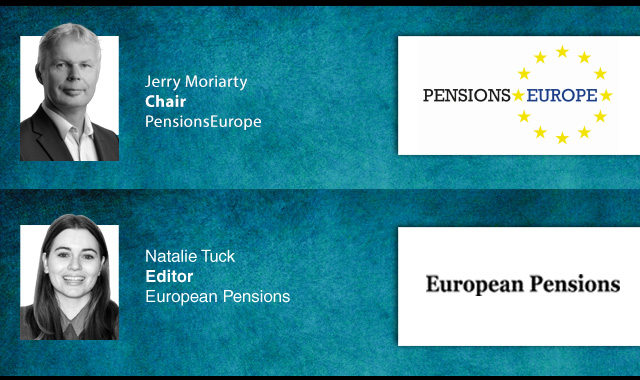The new statistical reporting requirements from the European Central Bank (ECB) will lead to disruption, the Irish Association of Pension Funds (IAPF) has said.
The new ECB regulations include detailed quarterly and annual data on assets, security-by-security reporting and additional pension fund information such as birth date, closure date and whether it is a defined benefit or contribution scheme.
The requirements are mandatory for all Irish pension funds, as defined by the European System of Accounts (ESA), Irish Central Bank head of statistics Rory McElligott said at the IAPF Annual Benefits Conference.
Speaking in Dublin, McElligott said the requirements, which include reporting liabilities and member numbers, are something pension funds need to start moving towards at the moment.
“99 per cent of all schemes in Ireland are due to fall in under the reporting requirements,” he said.
The requirements include security-by-security reporting on assets and additional pension fund information such as birth date, closure date and whether it is a defined benefit or contribution scheme.
This is a very large undertaking for the industry and a serious challenge, McElligott highlighted during the IAPF Annual Benefits Conference in Dublin.
The ECB will, starting Q4 in 2019, require that at least 75 per cent of the total assets of pension funds resident in Ireland must be captured in the quarterly and annual reports, a number which will rise to 80 per cent in 2022.
The rest may be granted a derogation from full reporting and would report a limited set of data on an annual basis, McElligott said. The Central Bank of Ireland had this derogation inserted to reduce the reporting burden on small funds.
In order to minimise the reporting burden on the pension funds industry, the ECB has been workingwith EIOPA to find common reporting templates.
The IAPF has also been working with the Irish Central Bank, ECB and EIOPA in the last year and a half on the new reporting regulations.
“It is going to be a change and it is going to cause some disruption, there are some issues around the format of reporting which is quite extensive. So it is something we are going to continue to work on,” IAPF CEO Jerry Moriarty said.
Under new EIOPA legislations, DB funds with more than €350m to €400m in assets and DC schemes with more than €20m to €25m in assets will have to undergo stress tests as well, monitored by the Central Bank and the Pensions Authority.
Moriarty however is not convinced, saying the tests, which will take place in the first half of 2019, come with a considerable cost for the schemes.
“I think it is certainly a significant extra burden,” Moriarty said at the IAPF conference. “I really wonder about the value of stress testing.”
Latest News
-
IVS throws weight behind Germany’s BRSG II
-
NBIM excludes Eramet over nickel mining operations
-
One in five Norwegian pensioners shielded from life expectancy adjustment
-
News in brief: 12 September 2025
-
Steady improvements in quality of voluntary PAI disclosures, ESAs say
-
Pension investors see 'glimmers of hope' following turbulent start to 2025
Podcast: Stepping up to the challenge

In the latest European Pensions podcast, Natalie Tuck talks to PensionsEurope chair, Jerry Moriarty, about his new role and the European pension policy agenda
Podcast: The benefits of private equity in pension fund portfolios

The outbreak of the Covid-19 pandemic, in which stock markets have seen increased volatility, combined with global low interest rates has led to alternative asset classes rising in popularity. Private equity is one of the top runners in this category, and for good reason.
In this podcast, Munich Private Equity Partners Managing Director, Christopher Bär, chats to European Pensions Editor, Natalie Tuck, about the benefits private equity investments can bring to pension fund portfolios and the best approach to take.
In this podcast, Munich Private Equity Partners Managing Director, Christopher Bär, chats to European Pensions Editor, Natalie Tuck, about the benefits private equity investments can bring to pension fund portfolios and the best approach to take.
Mitigating risk
BNP Paribas Asset Management’s head of pension solutions, Julien Halfon, discusses equity hedging with Laura Blows
© 2019 Perspective Publishing Privacy & Cookies








Recent Stories